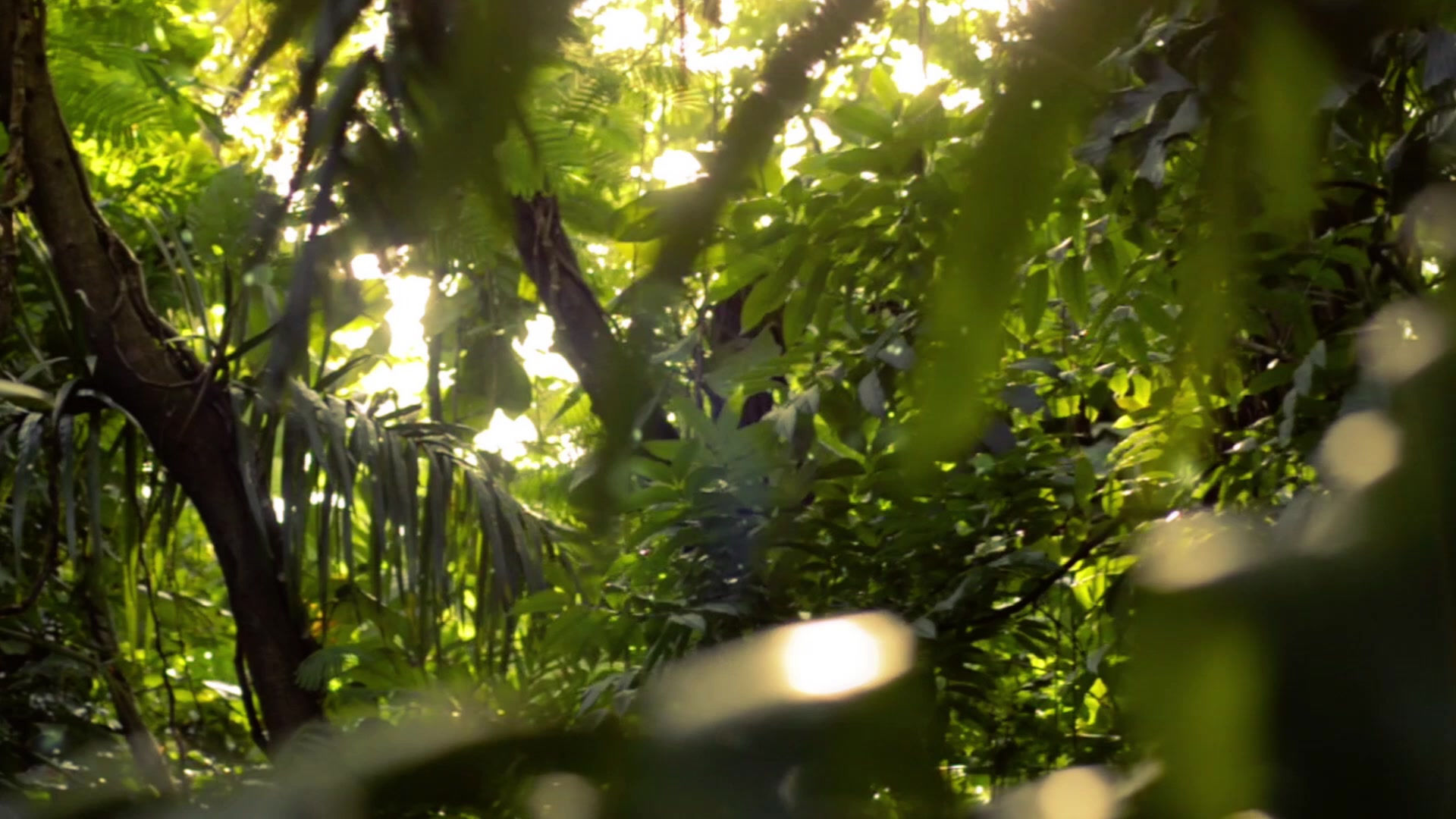
Even after 100 years of the discovery of the disease Melioidosis in Rangoon, Burma (Yangon, Myanmar) in 1911 by the pathologist Alfred Whitmore and his Indian assistant C. S. Krishnaswami.
Melioidosis, caused by the environmental Gram-negative bacillus Burkholderia pseudomallei, is classically characterized by pneumonia, septicemia and multiple abscesses, with a mortality rate of up to 40%. The disease is regarded as endemic to Southeast Asia and northern Australia, corresponding approximately to the tropical latitudes between 20°N and 20°S. Many facts about Melioidosis are known, but many more are still unknown. Thanks to worries about bioterror, the disease is being taken more seriously now. Sporadic cases have been reported from disparate regions of India and its neighbouring countries like Srilanka, Bangladesh, Nepal, Pakistan as well as from other countries in the South East Asia like Cambodia, Vietnam, Malaysia, Indonesia, PDR Laos and Singapore. However, the diagnosis has been largely restricted to a few large medical centers in these countries, presumably where laboratory facilities exist.
The 'Silent Killer' Tropical Disease MELIOIDOSIS is still an enigma
What is melioidosis?
Melioidosis, also known as Whitmore's disease, is often a fatal infectious disease caused by the soil bacterium Burkholderia pseudomallei. It affects human beings and gives rise to sepsis, community acquired pneumonia and multiple abscesses, with high mortality. Melioidosis is in many ways similar to Glanders, a disease of domestic animals and human. The bacterium is of great concern as a potential agent for biological warfare.
Where does melioidosis occur?
It is predominately a disease of tropical climates, especially in Southeast Asia and northern Australia where it is widespread. It also occurs in South Pacific, Africa, India, and the Middle East. The bacterium that causes the disease is found in the wet soil, rice paddies, and stagnant waters of the area.
How can you get infected?
People can get Melioidosis through direct contact with contaminated soil and surface waters. Humans are believed to acquire the infection by inhalation of contaminated dust or water droplets, direct contact with contaminated soil, especially through skin abrasions, and ingestion of contaminated water.
What are the signs and Symptoms?
Melioidosis has a wide range of signs and symptoms that can be mistaken for other diseases such as tuberculosis or more common forms of pneumonia. There are several types of Melioidosis
Localized Infection:
-
Localized pain or swelling
-
Abscess
-
Ulceration
-
Fever
Pulmonary Infection:
-
Cough
-
Chest Pain
-
High Fever
-
Headache
-
Anorexia
Bloodstream Infection:
-
Fever
-
Headache
-
Respiratory distress
-
Abdominal discomfort
-
Joint pain
-
Muscle tenderness
-
Disorientation
Disseminated Infection:
-
Fever
-
Weight loss
-
Stomach or chest pain
-
Muscle or joint pain
-
Headache
-
Seizures
The incubation period is not clearly defined, but may range from one day to many years; generally symptoms appear two to four weeks after exposure.
Who are at risk?
People with:
-
Diabetes
-
Chronic Alchoholism
-
Renal diseases
-
Liver diseases
-
Cancer or other immune-suppressive conditions not related to HIV
-
Chronic Lung diseases (such as cystic fibrosis, chronic obstructive pulmonary disease (COPD), and bronchiectasis).
-
Thalassemia
How does the bacterium look like in the laboratory?
Burkholderia pseudomallei is a Gram-negative bacillus with bipolar staining and is slender and has rounded ends; it is described as having a “safety pin” appearance. It is oxidase positive. It can be differentiated from the closely related but less pathogenic Burkholderia thailandensis by its ability to assimilate arabinose. Whitmore distinguished it from B. mallei by its motility on a hanging drop. On culture, the organism demonstrates differing colonial morphology, with mostly smooth colonies initially and dry or wrinkled colonies on further incubation.


Can this disease be diagnosed?
Yes, this disease can be diagnosed with appropriate specimen collection. It needs microbiology laboratory services with facilities of automated blood culture system and special culture media for Burkholderia pseudomallei. It may be under- or mis-diagnosed if the processing is not supervised by expert microbiologists.
Is it a treatable disease?
Yes, this disease can be treated, but it may need timely and accurate diagnosis of Melioidosis, admission in hospital in case of severe disease and prolonged antibiotic treatment (may be up to 20 weeks after discharge from the hospital). In hospital, intravenous antibiotics may be given for 2 weeks, depending on the severity of the disease. The disease is notorious for relapse, so compliance to antibiotic treatment is very necessary.

